The First Noel/Pachebel’s Canon
- 1.The First Noel_Pachebel's Canon - Accompaniment0:31
- 2.The First Noel_Pachebel's Canon - Soprano 10:31
‘The First Noel/Pachebel’s Canon’ is based upon the traditional English carol and Canon in D by Johann Pachebel. It is arranged for SSA voices and piano (2 players) by Michael Clawson.
Pachelbel’s Canon is the common name for a canon by the German Baroque composer Johann Pachelbel in his Canon and Gigue for 3 violins and basso continuo (German: Kanon und Gigue für 3 Violinen mit Generalbaß) (PWC 37, T. 337, PC 358), sometimes referred to as Canon and Gigue in D or simply Canon in D. Neither the date nor the circumstances of its composition are known (suggested dates range from 1680 to 1706), and the oldest surviving manuscript copy of the piece dates from the 19th century.
Pachelbel’s Canon, like his other works, although popular during his lifetime, soon went out of style, and remained in obscurity for centuries. A 1968 arrangement and recording of it by the Jean-François Paillard chamber orchestra gained popularity over the next decade, and in the 1970s the piece began to be recorded by many ensembles; by the early 1980s its presence as background music was deemed inescapable.[1] From the 1970s to the early 2000s, elements of the piece, especially its chord progression, were used in a variety of pop songs. Since the 1980s, it has also been used frequently in weddings and funeral ceremonies in the Western world.
The canon was originally scored for three violins and basso continuo and paired with a gigue. Both movements are in the key of D major. Although a true canon at the unison in three parts, it also has elements of a chaconne.
“The First Noel” (also written “The First Noël” and “The First Nowell“) is a traditional classical English Christmas carol, most likely from the early modern period, although possibly earlier. Noel is an Early Modern English synonym of “Christmas“.[4]
The First Noel is of Cornish origin. Its current form was first published in Carols Ancient and Modern (1823) and Gilbert and Sandys Carols (1833), both of which were edited by William Sandys and arranged, edited and with extra lyrics written by Davies Gilbert for Hymns and Carols of God. Today, it is usually performed in a four-part hymn arrangement by the English composer John Stainer, first published in his Carols, New and Old in 1871. Variations of its theme are included in Victor Hely-Hutchinson’s Carol Symphony.
The melody is unusual among English folk melodies in that it consists of one musical phrase repeated twice, followed by a refrain which is a variation on that phrase. All three phrases end on the third of the scale. It is thought to be a version of an earlier melody sung in a church gallery setting; a conjectural reconstruction of this earlier version can be found in the New Oxford Book of Carols.
Purchase includes: Mp3 Audio Tracks
- Accompaniment (C=100)
- Accompaniment (C=90)
- Accompaniment + Soprano 1 (C=90)
- Accompaniment + Soprano 2 (C=90)
- Accompaniment + Alto (C=90)
- Accompaniment + Full Score (C=90)
€17,50
Product Description
‘The First Noel/Pachebel’s Canon’ is based upon the traditional English carol and Canon in D by Johann Pachebel. It is arranged for SSA voices and piano (2 players) by Michael Clawson.
Pachelbel’s Canon is the common name for a canon by the German Baroque composer Johann Pachelbel in his Canon and Gigue for 3 violins and basso continuo (German: Kanon und Gigue für 3 Violinen mit Generalbaß) (PWC 37, T. 337, PC 358), sometimes referred to as Canon and Gigue in D or simply Canon in D. Neither the date nor the circumstances of its composition are known (suggested dates range from 1680 to 1706), and the oldest surviving manuscript copy of the piece dates from the 19th century.
Pachelbel’s Canon, like his other works, although popular during his lifetime, soon went out of style, and remained in obscurity for centuries. A 1968 arrangement and recording of it by the Jean-François Paillard chamber orchestra gained popularity over the next decade, and in the 1970s the piece began to be recorded by many ensembles; by the early 1980s its presence as background music was deemed inescapable.[1] From the 1970s to the early 2000s, elements of the piece, especially its chord progression, were used in a variety of pop songs. Since the 1980s, it has also been used frequently in weddings and funeral ceremonies in the Western world.
The canon was originally scored for three violins and basso continuo and paired with a gigue. Both movements are in the key of D major. Although a true canon at the unison in three parts, it also has elements of a chaconne.
“The First Noel” (also written “The First Noël” and “The First Nowell“) is a traditional classical English Christmas carol, most likely from the early modern period, although possibly earlier. Noel is an Early Modern English synonym of “Christmas“.[4]
The First Noel is of Cornish origin. Its current form was first published in Carols Ancient and Modern (1823) and Gilbert and Sandys Carols (1833), both of which were edited by William Sandys and arranged, edited and with extra lyrics written by Davies Gilbert for Hymns and Carols of God. Today, it is usually performed in a four-part hymn arrangement by the English composer John Stainer, first published in his Carols, New and Old in 1871. Variations of its theme are included in Victor Hely-Hutchinson’s Carol Symphony.
The melody is unusual among English folk melodies in that it consists of one musical phrase repeated twice, followed by a refrain which is a variation on that phrase. All three phrases end on the third of the scale. It is thought to be a version of an earlier melody sung in a church gallery setting; a conjectural reconstruction of this earlier version can be found in the New Oxford Book of Carols.
Purchase includes: Mp3 Audio Tracks
- Accompaniment (C=100)
- Accompaniment (C=90)
- Accompaniment + Soprano 1 (C=90)
- Accompaniment + Soprano 2 (C=90)
- Accompaniment + Alto (C=90)
- Accompaniment + Full Score (C=90)









